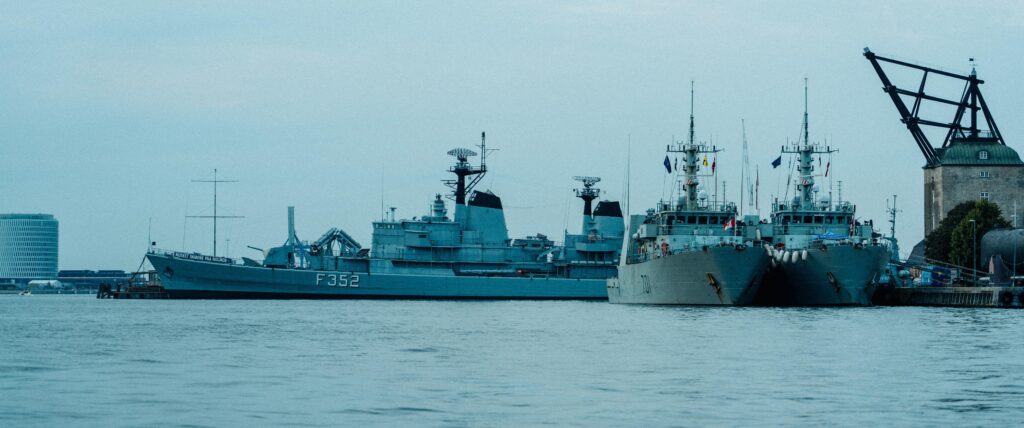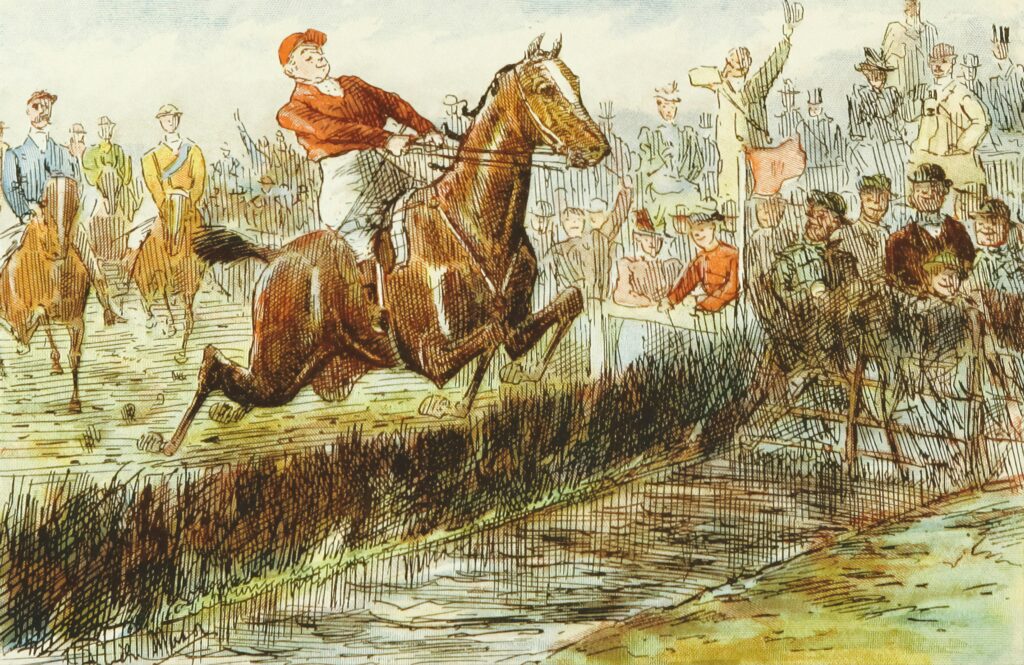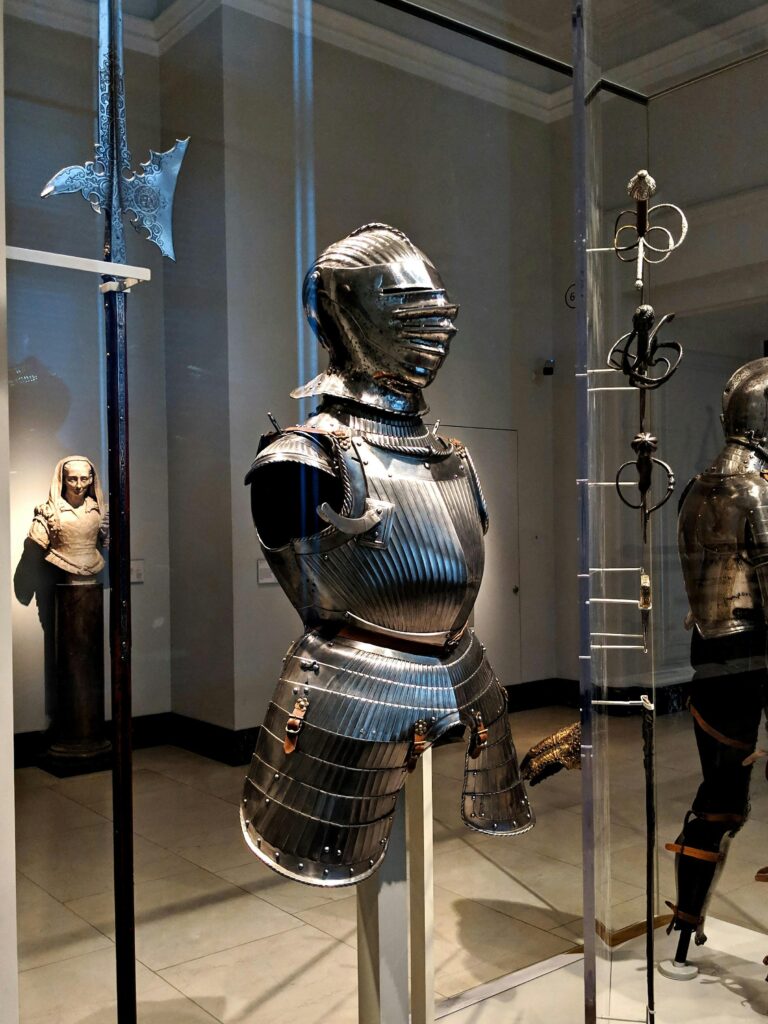Throughout the centuries, naval warfare has been a dynamic and transformative force shaping the course of history. From the sturdy wooden galleys of ancient civilizations to today’s sophisticated fleets of steel and stealth, the evolution of naval battles reveals a captivating story of innovation, strategy, and human ingenuity. This journey through time highlights how nations have adapted to changing technologies, new tactics, and shifting geopolitical landscapes on the open seas. Join us as we set sail on an exploration of “,” uncovering the milestones and moments that have defined maritime combat across the ages.
Table of Contents
- Origins of Naval Warfare and Early Combat Tactics
- The Impact of Technological Advances on Naval Strategy
- Adapting to Changing Seas: Leadership Lessons from Naval Commanders
- Preparing for Future Battles Through Innovation and Training
- Insights and Conclusions
Origins of Naval Warfare and Early Combat Tactics
Before the dawn of recorded history, naval warfare began with simple rafts and canoes, where combat was as much about survival as dominance. Early seafaring societies quickly realized that control over waterways meant command over trade routes and regional power. Civilizations like the Ancient Egyptians, Phoenicians, and Greeks pioneered the first naval strategies by combining ship design with tactical formations. The invention of the trireme, a swift and agile oared warship, marked a revolutionary shift, enabling fleet commanders to execute daring maneuvers such as the diekplous and periplous—tactics that involved breaking enemy lines or flanking opponents. These early strategies were not just about brute force but required precise coordination and an understanding of wind, current, and enemy psychology.
In these formative years, naval engagements were often brutal and close-quartered, emphasizing boarding actions where soldiers would swarm enemy vessels and fight hand-to-hand. However, the art of naval combat evolved through experimentation with ramming, archery from elevated decks, and even the use of incendiary devices like Greek fire. Ship crews relied heavily on discipline and timing, making each battle a test of both stamina and cunning. This period laid the foundation for centuries of naval doctrine, where the seas became arenas not only for conquest but for the expression of human ingenuity in the face of ever-shifting tides.
- Early naval vessels: rafts, canoes, and triremes
- Innovative tactics: diekplous and periplous maneuvers
- Combat styles: boarding, ramming, archery, and incendiary weapons
- Strategic elements: coordination, timing, and environmental awareness
The Impact of Technological Advances on Naval Strategy
From the age of sail to the era of nuclear-powered vessels, *technological innovation* has continuously reshaped how navies project power and safeguard maritime interests. The introduction of steam engines in the 19th century liberated fleets from the constraints of wind, enabling unprecedented strategic mobility. Later, the advent of radar and sonar in the 20th century revolutionized naval combat detection and tracking, turning the oceans into a domain where information became as crucial as firepower. These advances required admirals to rethink traditional tactics, emphasizing speed, stealth, and electronic warfare over sheer cannonades and broadside engagements.
Modern naval strategy now integrates cutting-edge technologies such as unmanned systems, cyber warfare capabilities, and hypersonic missiles, which have introduced a new paradigm in maritime conflict. Commanders today must balance:
- Automation’s role in intelligence gathering and decision-making
- The vulnerabilities posed by digital networks
- The increasing importance of joint operations with space and air forces
This fusion of old maritime wisdom and new technological prowess continues to transform naval battles, ensuring that the oceans remain a dynamic theater where innovation defines supremacy.
Adapting to Changing Seas: Leadership Lessons from Naval Commanders
Throughout history, naval commanders have demonstrated an extraordinary ability to adjust their strategies in response to evolving maritime challenges. From the age of sail to the advent of modern naval warfare technology, these leaders have embraced flexibility and keen foresight. Their capacity to adapt was not solely about mastering new weaponry or tactics but also about cultivating trust and morale among their crews amid uncertainty. Naval leadership thrives on the principles of resilience, innovation, and decisiveness, qualities that allowed commanders to navigate uncharted waters both literally and metaphorically.
The lessons drawn from these leaders emphasize several key aspects:
- Embracing Change: Rapidly responding to technological advancements and shifting geopolitical landscapes.
- Maintaining Discipline: Holding cohesive units together during times of upheaval and unpredictable conditions.
- Strategic Vision: Foreseeing potential outcomes and positioning forces accordingly for long-term success.
These attributes remain as relevant today as they were centuries ago, offering timeless wisdom for modern-day leadership in any evolving environment.
Preparing for Future Battles Through Innovation and Training
As naval warfare continues to evolve, the emphasis on innovation and rigorous training has never been more crucial. The integration of cutting-edge technology such as autonomous drones, advanced radar systems, and cyber warfare capabilities ensures that naval forces remain agile and ready for any challenges ahead. Modern training programs now incorporate realistic simulations and virtual reality exercises, allowing sailors to experience potential combat scenarios without the risks of real-world engagements. This combination of technology and practice sharpens strategic thinking and hones the skills necessary to operate complex machinery and coordinate seamless fleet maneuvers.
Preparing for tomorrow’s battles also means cultivating adaptability and resilience within crews. Key components of this preparation include:
- Continuous education on emerging threats and technologies
- Collaborative multinational exercises to strengthen alliances
- Focus on mental and physical conditioning to endure the rigors of combat
By embracing innovation and fostering an environment of relentless training, naval forces guard not only the seas but also the future of warfare itself, ensuring that history’s lessons fuel tomorrow’s victories.
Insights and Conclusions
As we close the chapter on the vast seas of naval history, it becomes clear that the story of maritime warfare is one of relentless adaptation and ingenuity. From the wooden galleys of antiquity to the steel leviathans of the modern age, each evolution in naval battles reflects not only advancements in technology but also the shifting tides of strategy, politics, and human resolve. By understanding this rich tapestry of change, we honor the courage and creativity of those who sailed before us and gain insight into the ever-changing nature of naval combat. May the lessons of the past continue to guide the mariners of tomorrow as they navigate the uncharted waters ahead.













